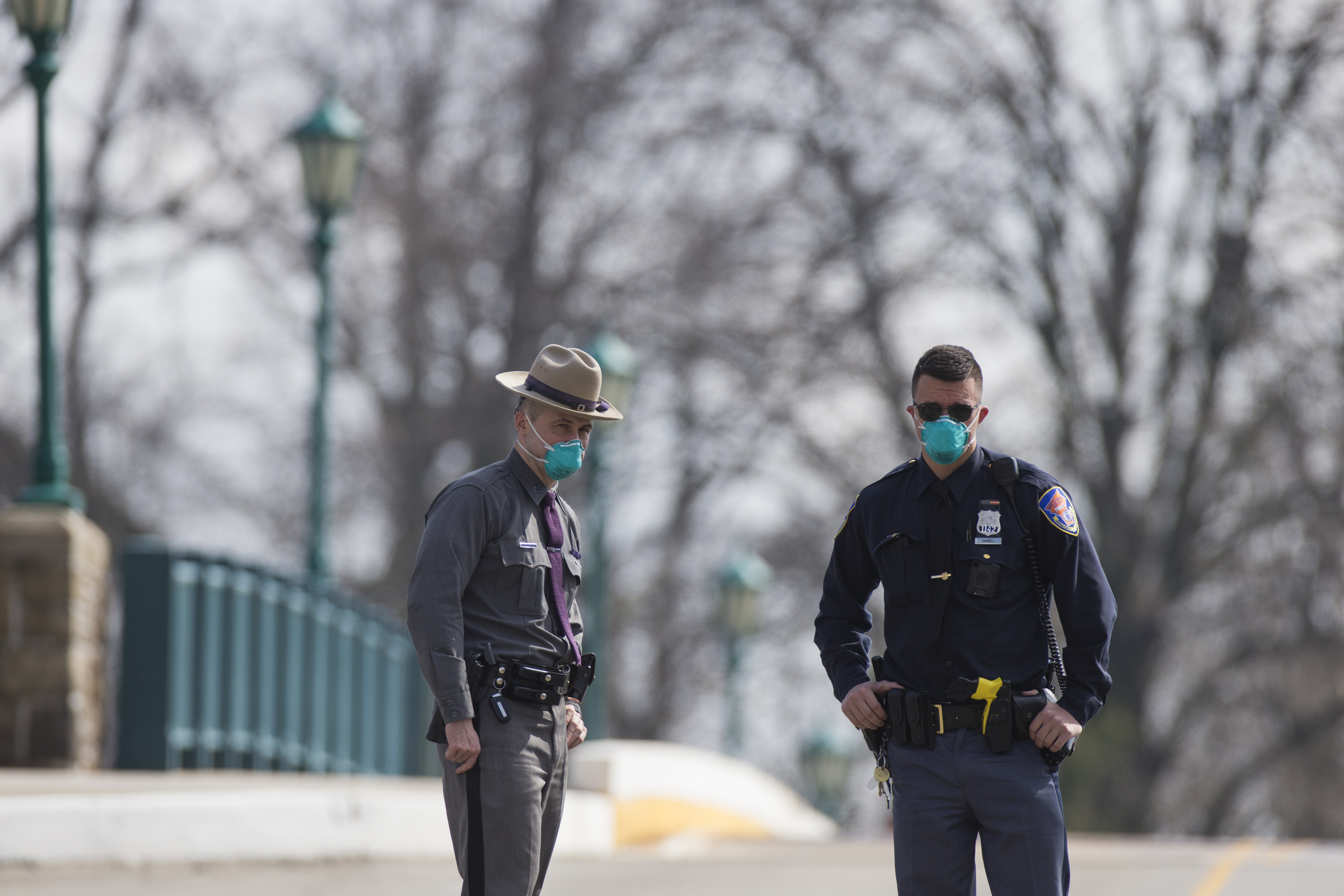
The novel coronavirus does not discriminate when it comes to disrupting lives, including those of the men and women charged with serving and protecting society.
James Nolan, professor of sociology at West Virginia University and former police officer, believes the COVID-19 pandemic presents a unique opportunity for police reform that could break the chains of outdated, and perhaps ineffective, approaches to policing.
“The COVID-19 pandemic has created new hardships and added dangers for the police,” said Nolan, who spent 13 years with the Wilmington (Delaware) Police Department in divisions including patrol, community policing, organized crime and vice, and planning and research. “But, it also provides the opportunity to break with old patterns of thought and to consider anew how context shapes behaviors and how quickly major reforms in policing could happen under the right circumstances.”
Nolan notes that following decades of aggressive enforcement of minor crimes under programs such as the “war on drugs” and “broken windows,” police are viewed as strangers or enemies in some neighborhoods. His research has focused on neighborhood dynamics and police reform.

“Police reforms to date have been ineffective because the ‘bad apple’ or ‘bigoted police officer’ is misidentified as the source rather than symptom of the problem,” Nolan said.
Now that the pandemic has altered policing across the nation, departments can reflect and analyze how adjustments may be working to change the perception and efficiency of law enforcement.
Last month, Philadelphia Police Commissioner Danielle Outlaw instructed her officers to delay arrests for low-level criminal offenses, such as narcotic activity. Meanwhile, in Chicago, police have been advised to reduce the number of stops and arrests for low-level offenses to prevent the spread of COVID-19.
“The current logic of traditional policing requires aggressive force,” Nolan said. “The image of the good officer is often one who makes a lot of arrests and is always prepared to use force rather than back down when challenged. Likewise, in neighborhoods where residents have lost faith in the police and civil authorities, gun violence is required for self-protection and for settling disputes.
“As horrific as the COVID-19 pandemic has been for the police and local communities, its sudden appearance has changed police behavior in noticeable ways. Reforms have come quickly as the new conditions have suddenly made the practical logic of policing impractical.”
Locally, the pandemic has affected the Morgantown Police Department, as some of its officers were quarantined after responding to a shooting incident. During an arrest, police came in contact with someone who’d been in contact with a family member with COVID-19.
“Out of concerns for the health and safety of officers and their families, new deployment strategies and standards for responding to calls for service and for making arrests have been implemented,” Nolan said.
And, with social distancing encouraged and stay-at-home orders in place, governments’ response to COVID-19 has created new challenges for officers. If police drive past a dozen people playing on a basketball court or if a store is over capacity with customers, what should officers do?
Kentucky Gov. Andy Beshear announced he’d have police record license plate numbers of people attending Easter services over the weekend because it would violate the state’s stay-at-home order.
“New regulations against public gatherings, such as church services, funerals and homeless encampments have created new criminal offenses that present unique challenges for the police,” Nolan said. “The solutions to these problems are still being debated.
“Social distancing and stay-at-home regulations have changed crime patterns. Low-level crimes such as theft appear to be on the decline, but domestic violence, child abuse and suicide seem to be rising. The new regulations create a greater reliance on the police to control these crimes.”

